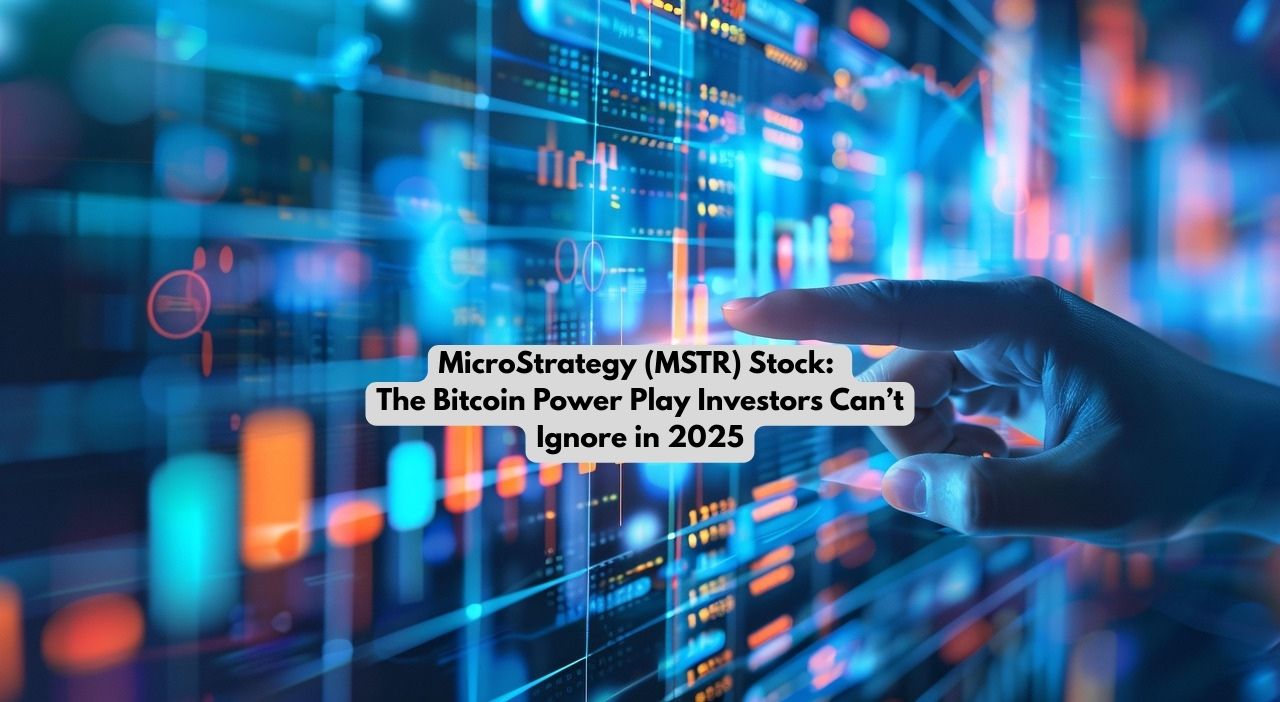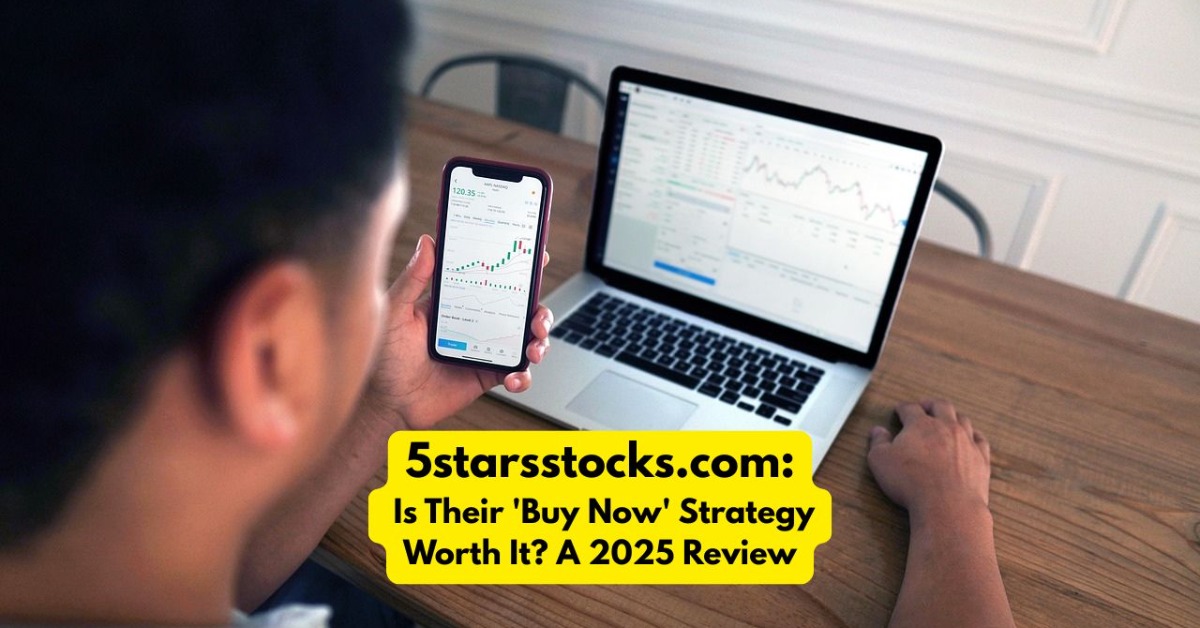In today’s financial markets, where most tech giants follow predictable patterns, MicroStrategy (MSTR) stock has emerged as one of the most unconventional plays. Once known mainly for enterprise software, MicroStrategy is now widely seen as a Bitcoin proxy stock—a leveraged gateway for investors who want amplified exposure to cryptocurrency without directly buying Bitcoin.
Since 2020, under the leadership of Michael Saylor, the company has transformed its balance sheet by adopting Bitcoin as its primary treasury reserve asset. This strategic pivot has made MicroStrategy the largest corporate holder of Bitcoin, a move that shifted its valuation model and attracted both institutional and retail investors.
The Bitcoin-Powered Flywheel: Why MSTR Stock Moves with BTC
MicroStrategy’s unique appeal comes from its Bitcoin-first strategy. Instead of holding excess cash, the company continuously raises capital through convertible notes and equity offerings to accumulate more Bitcoin. This creates what analysts call a Bitcoin flywheel:
- Rising Bitcoin prices strengthen MSTR’s balance sheet.
- A stronger balance sheet increases its market cap.
- A larger market cap allows the company to raise more funds.
- Raised funds are used to buy even more Bitcoin.
This cycle turns MSTR stock into a high-beta investment vehicle for Bitcoin. Investors who want leveraged Bitcoin exposure often choose MicroStrategy over direct ownership, knowing the stock usually reacts more sharply than BTC itself.
Market Volatility and Investor Profile
MicroStrategy’s core business intelligence software still generates revenue, but the stock’s price is overwhelmingly dictated by Bitcoin movements. When Bitcoin surges, MSTR stock often outperforms, but during crypto downturns, it can drop even harder.
This volatility attracts a specific type of investor: those with high risk tolerance and strong conviction in Bitcoin’s long-term growth. Institutional funds see MSTR as a test case for corporate Bitcoin adoption, while retail traders use it as a speculative play during bullish crypto cycles.
Beyond “HODL”: Strategic Moves That Keep MSTR in Headlines
MicroStrategy is not just sitting on its Bitcoin stack. The company actively shapes the corporate crypto adoption narrative by announcing new at-the-market (ATM) offerings, like the recent $4.2 billion STRD program, to expand its BTC holdings.
Michael Saylor’s outspoken Bitcoin advocacy, combined with frequent filings about Bitcoin purchases, keeps MicroStrategy in constant financial media coverage. This visibility ensures that MSTR stock forecast discussions trend whenever Bitcoin makes a major move.
The Valuation Debate: Premium to NAV
One of the hottest debates around MicroStrategy stock is its premium to net asset value (NAV). The company often trades at a much higher valuation than the combined worth of its Bitcoin holdings and software business.
Why?
- Limited alternatives for leveraged Bitcoin exposure in equity markets.
- Investor confidence in Michael Saylor’s Bitcoin strategy.
- Speculative demand for a “Bitcoin stock” during bull runs.
This premium adds another layer of volatility to the stock, creating both risk and upside potential depending on market cycles.
Risks of Investing in MicroStrategy (MSTR)
Before investing, it’s important to understand the risks:
- Bitcoin Volatility: MSTR is highly correlated with Bitcoin price swings.
- Leverage Risk: The company funds Bitcoin buys with debt, amplifying gains and losses.
- Shareholder Dilution: Frequent equity offerings can dilute existing shareholders.
- Accounting Challenges: Regulatory changes and new crypto accounting standards, like ASU 2023-08, have led to massive reported losses.
- Profitability Pressure: Core software revenue has been modest and sometimes declining.
FAQs About MicroStrategy (MSTR)
Q1: What does MicroStrategy do besides Bitcoin?
MicroStrategy continues to offer its business intelligence software platform, MicroStrategy ONE, which provides analytics, AI-driven insights, and cloud services. However, the company’s stock valuation is mostly tied to Bitcoin.
Q2: Why does MicroStrategy buy so much Bitcoin?
Michael Saylor believes Bitcoin is digital gold and a hedge against inflation. By holding Bitcoin instead of cash, the company seeks to maximize long-term shareholder value.
Q3: Is MSTR stock the same as buying Bitcoin?
Not exactly. While MSTR stock tracks Bitcoin, it often reacts with amplified volatility. It also carries corporate risks like debt, share dilution, and regulatory exposure.
Q4: What are analysts saying about MSTR stock forecast?
Analyst price targets vary widely due to Bitcoin’s volatility. Some see it as a way to ride Bitcoin’s bull market, while others warn about its leveraged risk profile.
Q5: Does MicroStrategy make money from its software business?
Yes, but software revenue is relatively small compared to the scale of its Bitcoin holdings. The Bitcoin strategy overshadows the software business in terms of investor attention.
Final Thoughts: Is MSTR Stock Worth It?
MicroStrategy is no longer just a software company—it’s a Bitcoin-powered corporate vehicle that redefined what a tech stock can be. For risk-tolerant investors bullish on crypto, MSTR stock offers amplified exposure to Bitcoin’s upside.
At the same time, the stock comes with substantial risks: volatility, leverage, and shareholder dilution. Whether you see it as a visionary Bitcoin play or a speculative gamble depends on your conviction in the long-term success of digital assets.
For now, one thing is certain: MicroStrategy (MSTR) remains one of the most-watched tickers on Wall Street and in crypto markets.




